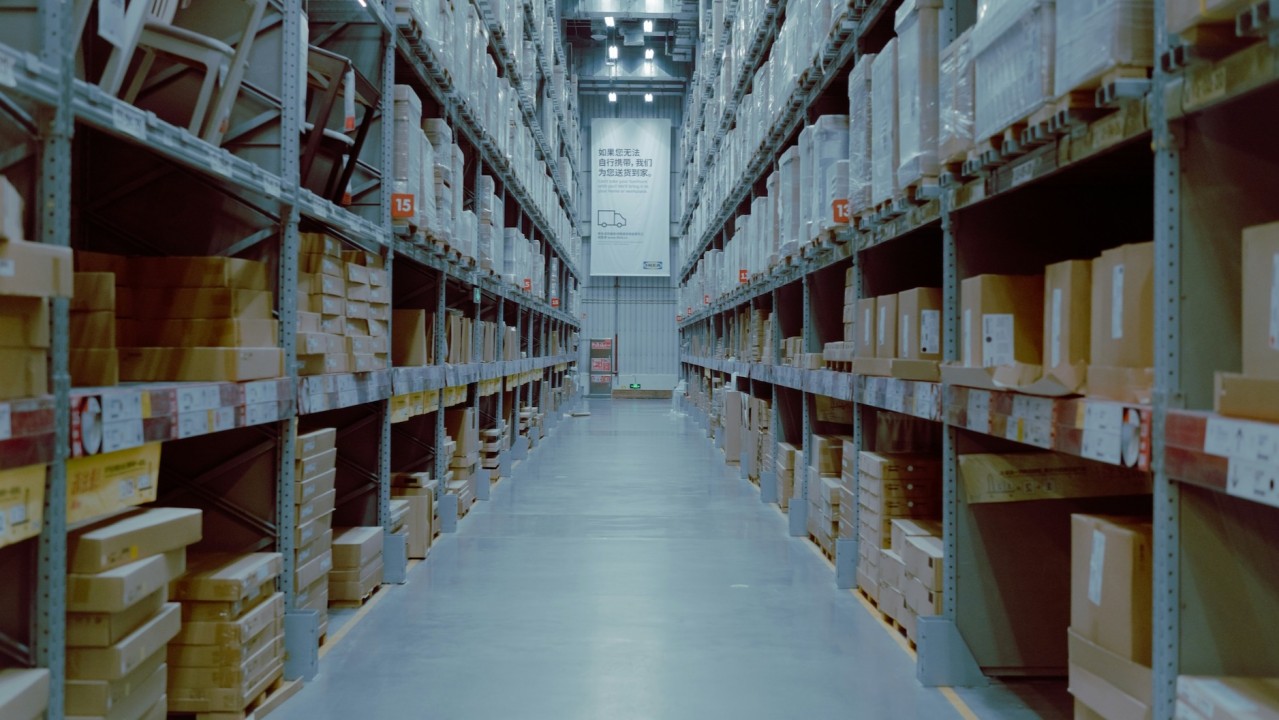I was scanning the news recently, and after years of positive headlines about the explosive growth of online retail sales, it was a bit surprising to see a Bloomberg article claiming that in the U.S., “the e-commerce wave has receded”.
The underlying data and context behind the findings present a very different picture: e-commerce is still experiencing significant growth, sustaining its level of online retail sales and growing at an impressive rate – by 2026, one of three products will be purchased online.
Worldwide e-commerce market activity remains strong
The pandemic accelerated growth and brought the vast majority of retailers and developing economies online, resulting in today’s astounding $5.2 trillion worldwide e-commerce market that has not only sustained itself, but continues to grow at a healthy rate.
Even if we are talking about going from 17% annual growth during the pandemic to an estimated average annual growth of 14% through 2026, it’s still impressive – especially during uncertain economic times.
The US apparel market, which is the main use case cited in the article, has always challenged e-retailers. Product returns for clothes are twice as high as in any other sector, with customers replacing fitting room try-ons with ‘bracketing’, or buying multiple items with the intent to return in bulk.
While some consumers might be going back to shop in-store, this is not necessarily the case for other retail segments.
The first wave has left a lasting impression
What we can agree on is that the growth of e-commerce comes in waves.
While the wave caused by the pandemic might be receding, the second, more controlled and sustainable wave, is on the way. We anticipated this phenomenon when the pandemic initially broke out and are now seeing it play out in real life.
The restrictions on in-store shopping imposed by the pandemic pushed up online numbers, but no one ever considered this level of growth to be sustainable. Now that consumers are returning to stores, it may slow the growth of online retail sales, but those same consumers also go online to shop at those same stores if they aren’t feeling well or just don’t have the time to go out.
The numbers may have shifted, but the change in consumer behavior in the form of online shopping is here to stay.
The second wave will be less dramatic and more sustainable
Even before the pandemic, we estimated that the big move of retailers to online will happen in two waves.
The first wave would be more chaotic, sporadic and scattered, as retailers scrambled to find immediate solutions to address fast-growing demand. Unfortunately, this has resulted in unsustainable in-house solutions and a patchwork of different tools and applications supplied by multiple vendors.
While the first wave was great for turning e-commerce into a must-have and forcing all major retailers into the arena, it also demanded a deep change in thinking, one which many established brick and mortar companies were not ready to embrace. This is changing as market forces and a new generation of consumers are demanding more online options, even for in-store experiences.
Once the dust settles, the second wave will begin based on much more strategic and rational thinking. After getting over the initial shock, even the most diehard brick and mortar retailers realized that to be a serious player in the online world, they need to embark on a journey of digital transformation that addresses the last mile: from the pre-purchase experience, through last mile delivery and fulfillment, tracking and communication to consumers, to the post purchase experience – returns and rating.
To orchestrate the last mile successfully, retailers should be on the lookout for a delivery management platform that includes (at least) these fundamental capabilities:
- Integrated into the IT stack, automated and scalable to meet evolving business needs and consumer demand for a seamless omnichannel experience.
- Connected to a large network of drivers and delivery providers to support capacity needs especially during peak times.
- Visibility into all last mile operations with ability to optimize routes and make smart decisions in real time.
- Keeps consumer data with the retailer for analysis and continuous improvements.
- Open to an ecosystem of partners that can complement and augment the retailer’s offerings.
Our outlook for ecommerce is sustained growth
It seems that we are now at the beginning of the second wave, as witnessed by the market growing at a more rational pace. This gives both retailers and delivery management platform vendors the time to calmly consider the real market requirements for today’s level of online shopping, while preparing for the phygital world with built-in scalability and innovative technologies like machine learning, to cope with tomorrow’s growth as well.



